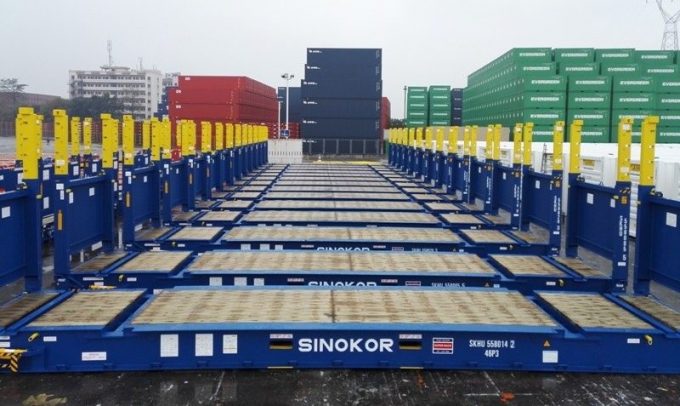Simple safety precautions that get overlooked
Slips, trips and falls continue to be the most common safety-related incidents that supply chain ...

South Korean port authorities are to include flat-rack containers in inspections of containerised dangerous cargo for the first time.
Previously, only conventional dry containers were inspected for signs of leakage and poor packing.
The Ministry of Oceans and Fisheries (MOF) 2022 Container Safety Management Plan calls for “intensive management of not only containers loaded with dangerous goods, but also flat-rack containers that are not only loaded with dangerous substances but also have a high probability of accidents”.
Open-top flat-rack containers are used to transport ...
Maersk u-turn as port congestion increases across Northern Europe
Apple logistics chief Gal Dayan quits to join forwarding group
Maersk Air Cargo sees volumes fall as it aims for 'margin in favour of revenue'
Airlines slash freighter capacity post-de minimis, but 'the worst is yet to come'
Houthis tell Trump they will end attacks on Red Sea shipping
Transpac rates hold firm as capacity is diverted to Asia-Europe lanes
MSC revamps east-west network as alliance strategies on blanking vary
India-Pakistan 'tit-for-tat' cargo ban sparks sudden supply chain shocks


Comment on this article